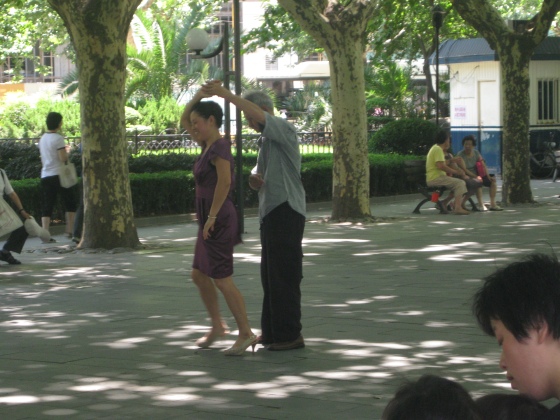A few months ago, I found myself traveling from an airport towards my temporary residence for the next 10 days, in a city far from home. As I approached the hotel, it was hard not to notice the dichotomy of building structures and landmarks on opposite sides of the dividing river. The hotel (more on the incredibly beautiful property in a separate post) stood in the middle of an area known as The Bund, a beautiful historic district of Shanghai. Standing at the window in my hotel room, I could see across the river to the opposite embankment, Pudong, where newness spilled onto the shores. With its abbreviated history, when compared to other cities in China, Shanghai is a city steeped in culture.
Founded in the 10th century, Shanghai was a swampy area that was home to roughly 12,000 households. In 1127, a neighboring District, Kaifeng, was invaded and its inhabitants fled to Shanghai, growing its population to 250,000. As canals were built and the restrictions on foreign trade came to an end, Shanghai found itself at the center of economic and cultural growth, as it sat at the intersection of geographic accessibility and foreign economic interest.
Divided by the Huang Pu River, the river banks of Shanghai, which in Chinese translates to “on the sea,” showcase what seems like different eras. On one side is The Bund, a quaint, colonial-style area with beautiful edifices, rich in history where one will find antique markets, high-end restaurants, and unique bed & breakfast lodging. On the opposite bank, electronic billboards streaming down the side of high-rise buildings, a large, district TV tower and a general sense of “newness” fills the area, which was built in the 1990’s.
During World War II, at a time when many cities where closing their boarders to the Jewish immigrants fleeing Germany, Shanghai kept theirs open, affording as many as 20,000 an open, safe place for protection. The city’s Districts, resembling neighborhoods, have a very European feel, as the British and European forces occupied the area for years. Areas called “The French Concession” and “The British Concession” hold the authentic feel as if their namesake still resided over the area. While the city doesn’t have the elaborate history as a city such as Beijing, it has more of a cosmopolitan vibe and is rich in culture where you’ll find a plethora of markets, people practicing ballroom dancing in the public parks and cab drivers who drive more erratically then you’ll experience in New York City. From a population of 12,000 to now hosting more than 17 million residents, Shanghai is the second largest city in China, behind Chongqing.
Personally, I find Asia tough to navigate. Why? Because they use characters, rather than letters. When traveling through Europe, one can match street names by lining up the same words. In Asia, a small variance in a character changes the meaning completely. On the other hand, it’s a challenge that I welcomed. My favorite part of Shanghai were the markets. Walking through the antique market, lined with old and new, you found locks, vintage cameras and leather suitcases. Some were truly historic, while others were replicas. In another area of the city, one found the fabric markets, where you could have coats, shirts and dresses custom-made for a fraction of the cost you for which you would find them in America. Cashmere, leather and cotton fabric in bolts, where the employees took your measurements and within 2-3 days, you could pick up your suit, skirt or blazer.
Having been to both Beijing, the financial capital of China, and Shanghai, the more cultural, sophisticated sister, I enjoyed the walkability and distinct neighborhoods that Shanghai had to offer. While Beijing has the history, Shanghai brings the old world up to speed with luxuries of the new.





